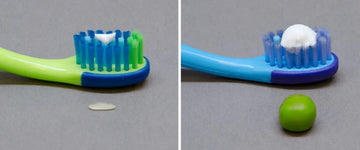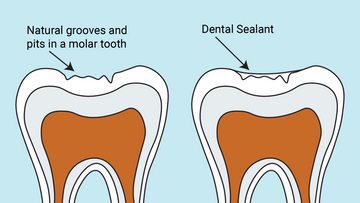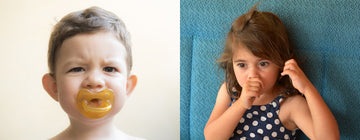If your child suffers a dental injury – it is a dental emergency. There are 4 main types of teeth injuries:
-
Knocked-out (Alvulsed) teeth
-
Dislodged (Luxated) teeth
-
Chipped or fractured teeth
-
Root fractures
The causes of these teeth injuries range from falling over to accidents while playing sports. They can also occur when biting something hard. All of these types of teeth injuries require prompt dental attention and treatment. Soft tissue trauma to your child’s mouth, gums or cheek may also need to be assessed and treated by a dentist. In the case of a knocked-out tooth, take your child to your nearest dentist immediately. You can locate your nearest dentist by using the locator in the National Health Services Directory website. Your child’s tooth has the best chance of survival if a dentist can replant and stabilise it – within 30 minutes of being knocked out. It is also important to remain calm and act quickly, when your child or student experiences a tooth injury. Before jumping in the car, call the dentist for specific advice on how to handle your child’s dental emergency, if possible. There are steps you can take, that can influence the successful outcome of dental treatment and recovery. If you have access to basic first aid supplies, you can also take immediate action to relieve your child of pain and discomfort, as well as to reduce any swelling or bleeding. For knocked-out teeth:
-
Locate the tooth, and handle it carefully by the crown to avoid further injury to the root.
-
Rinse the tooth gently in clean water, without drying.
-
Reinsert the tooth carefully into its socket.
-
Instruct your child to keep their mouth closed and bite gently (or use a clean finger) to hold the tooth in place.
-
If the tooth cannot be replanted, keep it moist. Do not allow it to dry out. You can store it in a sealed cup of milk, or instruct your child to keep the tooth between their gums and cheek – without swallowing it.
-
See a dentist within 30 minutes if possible, though a tooth can be saved after an hour or more.
For chipped or broken teeth:
-
Collect all pieces of broken teeth.
-
Instruct your child to rinse their mouth with clean, warm water.
-
Call your dentist to schedule a visit, as soon as possible.
For soft tissue injury:
-
To stop bleeding, give your child a folded piece of cold, moist gauze. Instruct them to bite down gently on the gauze.
-
To reduce swelling, apply an ice pack to the affected cheek.
-
Administer a suitable dose of pain medication, such as Ibuprofen, if necessary.
-
Call your dentist to schedule a visit, as soon as possible.
-
Monitor your child for signs and symptoms of further swelling, increase of pain, fever and changes in tooth colour.





